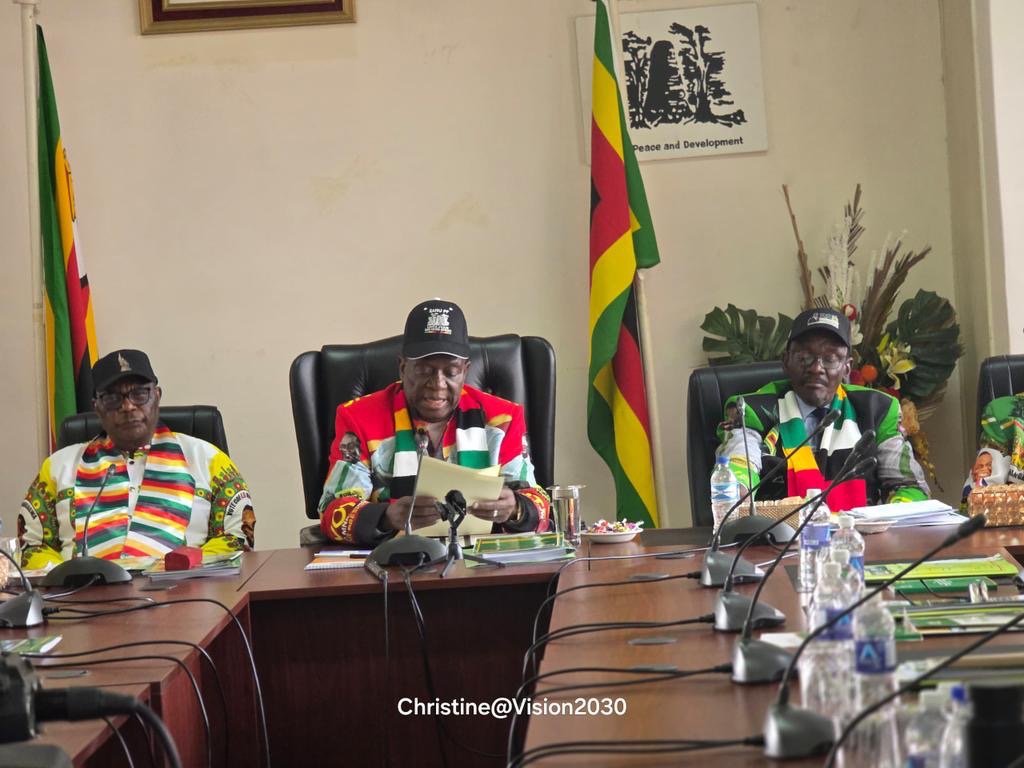By Staff Reporter
Harare – Longcheng Plaza, a vast shopping complex built on a protected wetland, remains a stark symbol of Zimbabwe’s struggle to enforce its own environmental laws.
As Zimbabwe readies to host the Ramsar COP15 in Victoria Falls from July 23–31, 2025, its track record on wetland conservation faces renewed international scrutiny.
This week, Parliament debated an urgent motion calling for a moratorium on all wetland allocations, amid growing concern over unchecked development.
Completed in 2013 along the Harare–Bulawayo highway, Longcheng Plaza was controversial from the start. Built on a gazetted wetland, it went ahead despite legal protections and vocal opposition from environmental groups.
In 2018, Steady Kangata, then EMA’s education and publicity manager, confirmed the mall lacked proper environmental certification, branding the development illegal.
Yet, the Chinese developers faced no penalties.
Longcheng’s management maintained in 2018 that “all due processes” were followed, but environmentalists saw the case as emblematic of weak enforcement.
Harare East MP Kiven Mutimbanyoka, who introduced the moratorium motion, called the plaza “one of the most grueling examples of wetlands destruction in Harare.”
He warned that the state’s failure to block the project “set a dangerous precedent, demonstrating that even legally protected wetlands could be sacrificed for commercial gain.”
Mutimbanyoka cited both constitutional and international obligations to protect wetlands, most of which, he noted, have already been lost.
“Harare’s 47 gazetted wetlands, including three RAMSAR sites, Lake Chivero, Cleverland Dam and Monavale Vlei, less than 5% remain intact,” he said.
He blamed local authorities for enabling destruction: “What is most egregious is that the very institutions mandated to safeguard these ecosystems are the primary agents of their ruin.”
“Urban municipalities rather than upholding their custodial role, have facilitated wetland degradation through their present disregard for environmental policies,” he said. “This paradox undermines a profound governance crisis.”
He added: “Authorities tasked with regulating land use are instead enabling its reckless exploitation…Their abdication of responsibilities is a fundamental driver of this environmental catastrophe, demanding urgent rectification.”
Mutimbanyoka warned of worsening public health and economic crises.
“Naturally, our wetlands are in a state of alarming decline. 21% are severely degraded, 61% moderately degraded, and only 18% remain in stable condition.”
His proposed resolutions include:
- An immediate halt to all land allocations in wetlands by key ministries
- A commission of inquiry into past allocations
- The declaration of wetlands as ecosystem-sensitive areas
He linked wetland loss to chronic water shortages, urban flooding—over 50 incidents in 2023—and disease outbreaks, including more than 10,000 cholera and typhoid cases in 2022.
Lake Chivero, Harare’s main water source, has lost 30% of its volume in the past decade.
Pollution continues to worsen the situation.
In 2018, Harare Wetlands Trust coordinator Julia Pierini said the “will to protect the environment” was largely absent.
A 2022 Auditor-General’s report backed that view, citing EMA’s failure to enforce its own directives, often with municipal complicity.
Concerns remain about the integrity of Environmental Impact Assessments (EIAs).
Ronnie Chirimuta, in 2018, urged EMA to independently carry them out—a demand echoed by other activists alarmed by EIAs being used to justify illegal developments.
Zimbabwe introduced a National Wetlands Policy in 2022.
However, a recent stakeholder dialogue in June 2025 concluded that existing laws are “not fully protecting wetlands,” prompting calls for urgent reforms.



